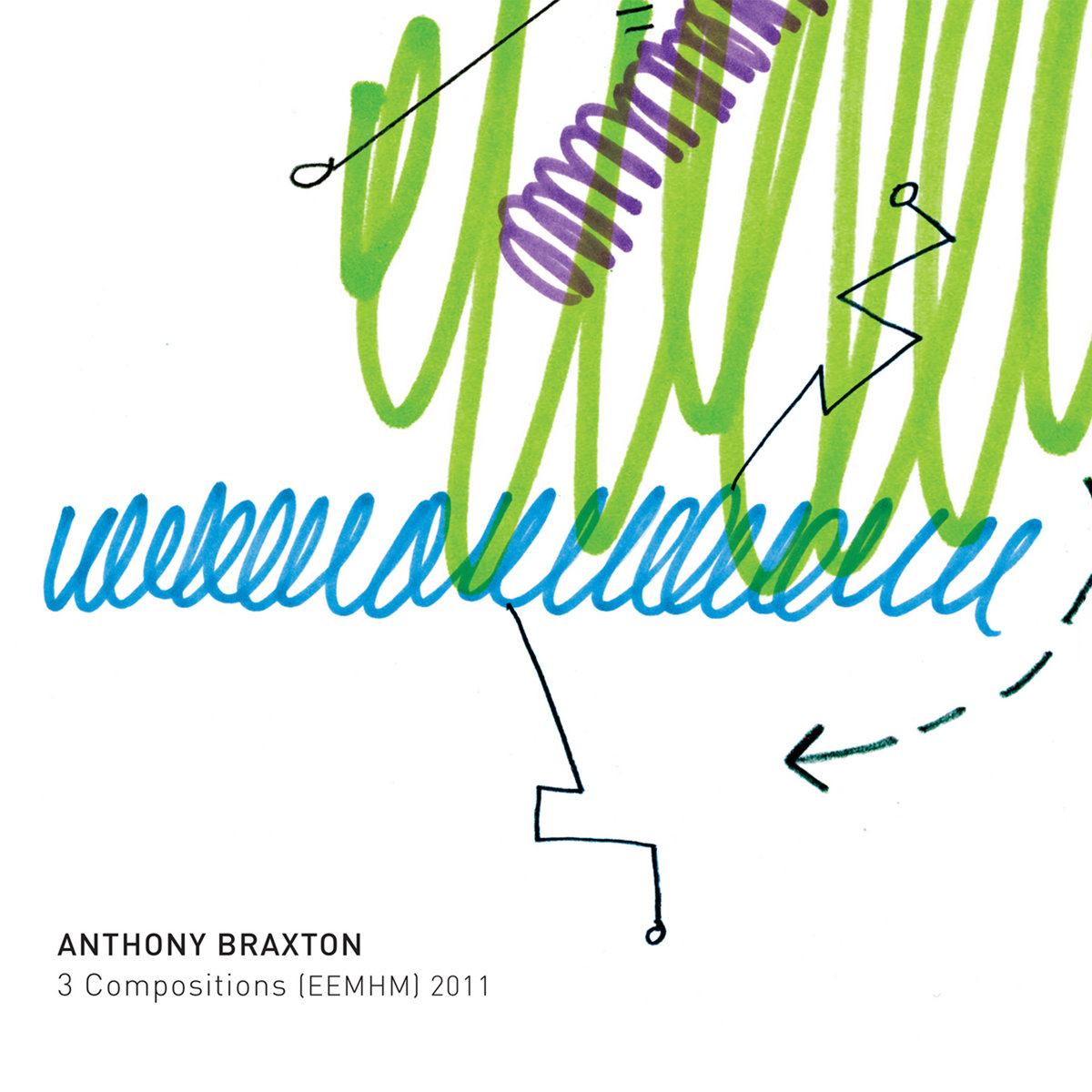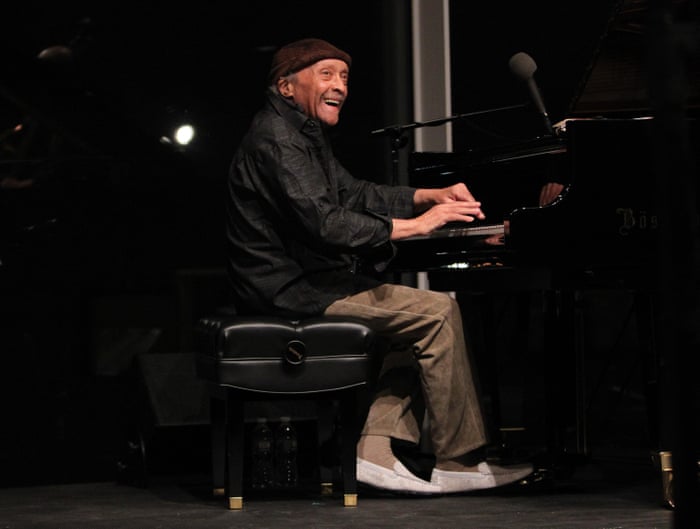
Lots of great new music has been entering the World of Abstract Dreams this summer! Here's a quick overview of some of the stuff that's been capturing my imagination for the last couple of months....
A Listener's Guide to Free Improvisation by John Corbett.
Corbett's writing is so persuasive and articulate that he does a great job explaining the value of free improvised music for listeners who are not familiar with it. In the opening section, he makes the point that we all grow up exposed to songs, and thus grow up used to their structure and grow to accept that that's what all music should sound like. "But for the purposes of listening to improvised music, anticipating a song is actually a hindrance." And he goes on throughout the rest of the book to explain why. It makes sense to me, but then again I am prejudiced. I may not be the ideal reader for this book, since I am part of the choir. As a player deeply enmeshed in improvisation, I can say with absolute certainty that he nails it time and again. He understands improvising deeply, and he gives improvising musicians a wonderful guide and inspirational model. How useful would this book be for novices? Hard to say, but if friendly experiencers follow a tenth of his advice here they're in for a wonderful ride.
Sun Ra and His Astro Ihnfinity Arkestra: The Intergalactic Thing. This 2-LP set is a treasure trove of fourteen heretofore unknown Sun Ra compositions, plus a handful of familiar tunes in different guises. All of these tracks come from 1969 rehearsals, but unlike most of the other Ra rehearsal stuff I've heard (Oakland 1971, Untitled Recordings, etc.) these are completely formed run-throughs with little to no stopping or vocal directions from Ra. (At one point he does call out "Tyrone" for a trombone solo, attesting to the presence of Tyrone Hill, who is not credited on the sleeve). It's pretty amazing that even with all the available live recordings we're lucky to have that none of these seems to have shown up anywhere. Drums on only a few tracks, bass on only one, lots of percussion, pretty full horn sections. And wonderful, wonderful keyboard and horn lines and melodies! Only a couple of short Gilmore solos (the one on "Do the Intergalactic Thing" is a doozy!). Liner notes from Robert Campbell. An absolute must-have.

Rodger Coleman: Real Gone. Rodger has expanded his sonic palette considerably with new equipment like analogue synth, Moogerfoogers, etc. (detailed here and here), and he puts them all into service of beautifully crafted improvisations that are spacey and compelling. I can't wait to play with Rodger again to get my improvisational drum rocks off with this new sonic universe!

Jefferson Pilot: Soundtrack to Welcome Stranger. I'm not gonna say too much about this now since Jeff is still working on it, a musical project commissioned by artist Jim Nolan to accompany his installation in Dallas last spring. Do check out the photos from Jim's work, it looks fabulous-- too bad it was all in Texas, so far away (from me, here, now). Anyway, this batch of tunes is mostly new work incorporating old family tapes, lots of backwards effects, groovy melodies, and a sense of fun and adventure that rivals Jefferson Pilot's Hello Mississippi.

Anthony Braxton: 3 Compositions (EEMHM) 2011. This new phase of Braxton's, called Echo Echo Mirror House Music, is some of his most sonically challenging yet: each musician comes equipped with an iPod loaded with nothing but older Braxton recordings, which they play along with their instruments. I'm not explaining it very well, but the overall effect is a dense maelstrom of sound, with no beginning and no end, like being dropped into a whirlpool of Braxton sound, very fluid, very abstract. This 3-CD set marks the first studio recording of this new direction (there is an earlier-released live set of EEMHM on Victo, recorded around the same time, and there are also audience recordings of shows from Wesleyan). Paradoxically, I think I prefer the effect when the sound is not so clear; to my ears the overall sonic density is intensified when it's harder to identify the sources--so I think the Victo live CD and the various Wesleyan shows convey better the sense of total, floating immersion Braxton is after here. The performers in the studio recordings also seem to go for the same samples in all three CDs--but I don't know if that's because of a limitation of samples available, or because the choices are dictated by the score (based on the sample score images included in the booklet, I'd say not, but what do I know?). All I know is with the wide spectrum of Braxton's oeuvre available, why focus on an applause segment in all three sets? The first time it comes up, it's fun and exciting (applause, after all, has almost always been present on Braxton's live recordings), and the band seems to play along with it, but the second and third time you hear it it's not as interesting. Same goes for the "greatest hits" aspect of the chosen samples. But don't get me wrong--this is heady, exhilarating stuff, extremely advanced and worthy of multiple listens. I've been scratching my head over it with Rodger via email, and I'm sure I'll continue to grapple with for years to come. I love it. For a much better sense of the importance and vitality of this new direction in Braxton's work, see the excellent review by Alexander Hawkins.
:format(jpeg):mode_rgb():quality(90)/discogs-images/R-7622187-1445346919-5404.jpeg.jpg)
:format(jpeg):mode_rgb():quality(40)/discogs-images/R-8244169-1457845499-5278.jpeg.jpg)
Ingrid Laubrock/Tom Rainey: Buoyancy.
Tom Rainey Trio: Hotel Grief.
I continue to be amazed by the brilliant playing of drummer Tom Rainey, saxophonist Ingrid Laubrock, and guitarist Mary Halvorson. Hotel Grief, the trio's first live recording, is full of surprises, wonderful moods, and ferocious explorations. Buoyancy, a studio duo album, was recorded at the end of a live tour in 2015. Improvisation of the highest order.
:format(jpeg):mode_rgb():quality(90)/discogs-images/R-8668075-1466253737-8836.jpeg.jpg)
Deerhoof: The Magic.
I'm still absorbing this, but I can say without a doubt this is another fantastic gem of an album from this always unique and inventive band. They're definitely on a role for the last, oh, five, six, or seven albums, especially since they added the second guitarist Ed Rodriguez, and each new album has been brilliant and original in its own quirky, individualistic way. Standout track: "Nurse Me."

Photograph: Barbara Woike/AP, used in the Guardian
Finally, Cecil Taylor: live recordings from his Whitney Museum residency. Rather than try to describe these, I'll just point you to these two excellent reviews by Hank Shteamer. Let me just say that Taylor's playing here is sublime.
So, that's it! Hope your summer listening has been as exciting as mine has so far!

No comments:
Post a Comment